


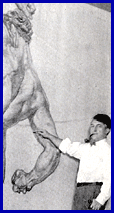
|

|
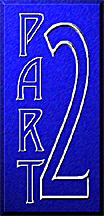
|
||
|
|
||||
|
||||
I did part one of this Pogany biography back in December of 1997. It was the eighth illustrator page that I created and the only one (to date) that I labeled with a "Part 1". Here, finally, is part two.
Pogany was born Vilmos Andreas Pogany in Szeged, Hungary, in 1882. His contemporaries included last month's C. Coles Phillips plus Joseph Clement Coll, Edmund Dulac, Harvey Dunn, Walter Everett, Harry Rountree, Sarah Stilwell Weber, and N.C. Wyeth. He studied at the Art School in Budapest and eventually spent a year in Paris circa 1905.
Note: There is nothing to support this theory, but the coincidence demands at least an airing. In 1905 (that's while he was still in Paris and before he illustrated any of the books in the accepted canon), L.C. Page, an American publishing house, released The Romance of Lohengrin - a prescient title, wouldn't you agree? Based on an adaptation of the Wagnerian opera by a Bernard Capes, this particular volume is "Illustrated by Sarcadi Pogany." The line drawings (see sample at right) are pretty intense and not terribly sophisticated. I've never encountered the name "Sarcadi Pogany" before or since. Is it possible that before his acknowledged career, Willy Pogany landed an illustration job in America? Anyone know? Is "Sarcadi" an Hungarian name or word? Curious minds want to know.
His intended short stopover in London on his way to America ended up being a ten-year detour. It was 1906 and Rackham's Rip Van Winkle had just taken England by storm. Every publisher was desperate to duplicate its success. Artists were a particularly hot commodity and Pogany was at the right place at the proverbial right time. T. Fisher Unwin jumped on the bandwagon with a series of fairy tale volumes. The first, The Welsh Fairy Book, was originally intended to compete with the H.J. Ford Fairy Books, but the paintings and talents of the now Anglicized Willy Pogany coupled with the success of Rackham's book seem to have molded it into an amalgam of the old-style Ford books and the modern color-plate book. With over 100 plates (a portion of the color frontispiece is above), illustrations, vignettes, chapter heads (the bull and goat at the top of the page is a sample) and tails, and initials - it seemed that Pogany has put everything he had into this first effort. He hadn't!
Other early titles contained unusually large numbers of drawings. Milly and Olly had 48, The Adventures of a Dodo had 70. His 1908 Faust had 30 color plates and Pogany was marketable enough at this early stage of his career to merit a deluxe, limited edition. The young Hungarian was incredibly prolific and he soon added many of the premier London publishers to his list of clients. His A Treasury of Verse for Little Children (also in 1908) from Harrap was an immediate success. In 1909 he produced his most elaborate (and the first of many) Rubaiyat of Omar Khayyams. With color tipped-in plates, calligraphy throughout, and sumptuously decorated, this was so exceptional that Harrap started a line they called "Books Beautiful" simply to take advantage of it. Again, it appeared as if Pogany had peaked early in his career. Wrong again!
1910-1913 saw the publication of four books that to this day remain some of the most stunning samples of 20th Century bookmaking. Part one of this Pogany biography provides more details of his The Rime of the Ancient Mariner, The Tale of Lohengrin (I reproduced six pages from this masterpiece in the second issue of my magazine, The Vadeboncoeur Collection of ImageS), Parsifal, and Tannhauser. The proposed fourth title of the Wagner set, The Ring of the Nibelung never materialized, though it was planned for 1914.
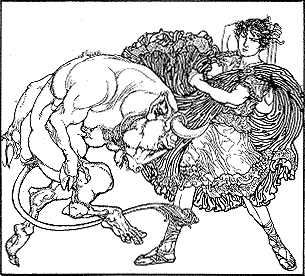 Another
1910 effort (in the same series as The Welsh Fairy Book)
was his version of Tanglewood Tales - a title that saw
editions that year with illustrations by Maxfield Parrish and H. Granville Fell. Every
publisher at the time was striving to reissue classic children's
books with new illustrations. Printed in two colors throughout,
Pogany's version had four color and 24 b&w plates (sample
at left) as well as innumerable chapter heads and tails and an
entire alphabet of initials.
Another
1910 effort (in the same series as The Welsh Fairy Book)
was his version of Tanglewood Tales - a title that saw
editions that year with illustrations by Maxfield Parrish and H. Granville Fell. Every
publisher at the time was striving to reissue classic children's
books with new illustrations. Printed in two colors throughout,
Pogany's version had four color and 24 b&w plates (sample
at left) as well as innumerable chapter heads and tails and an
entire alphabet of initials.
| Note: For the first time, a full bibliography of Pogany's work was published in early 2000. Meticulously compiled by our friend Robin Greer and published through the Imaginative Book Illustration Society (IBIS). It's part of their first ever IBIS Journal. The retail price is 25£. | The first Journal is subtitled “Aspects of Illustration” and has some 160 pages with a colour cover. It has eight pages of Pogany biography, with quite a lot of interesting data. Followed by 72 pages of bibliography, listing over 150 items. |
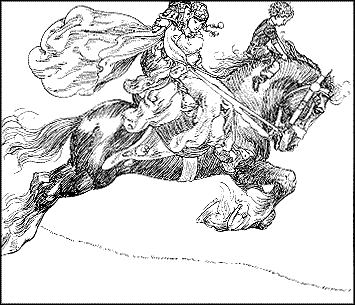
The Fairies and the Christmas Child (above) is from 1912 and had color and b&w plates. The reproduction of the color plates on my copy is pretty mediocre, so you have to check out Part 1 for his color work of this period. Or look below for a sampling of images from his last year in London and his first years in America. He emigrated to the U.S. at the onset of World War I (1914).
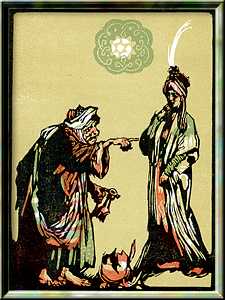
|
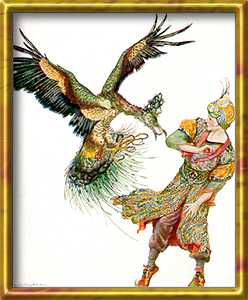
|
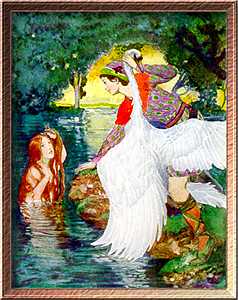
|
| Forty-Four Turkish Fairy Tales - 1913 | More Tales From The Arabian Nights - 1915 |
The King of Ireland's Son - 1916 |
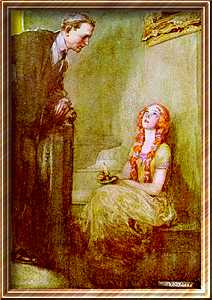 American
editions of his British work had paved the way for an easy transition.
Tales of a Persian Genii was produced in 1917, as was the
lovely frontispiece he did for The Wishing Ring Man (at
right). Many people seem to think that once he got to America,
the quality of his work diminished. I consider it an evolution,
wherein he expanded his repertoire and spread his artistic wings
to encompass additional material.
American
editions of his British work had paved the way for an easy transition.
Tales of a Persian Genii was produced in 1917, as was the
lovely frontispiece he did for The Wishing Ring Man (at
right). Many people seem to think that once he got to America,
the quality of his work diminished. I consider it an evolution,
wherein he expanded his repertoire and spread his artistic wings
to encompass additional material.
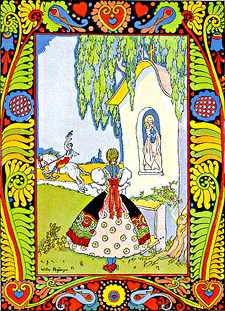 Certainly,
Tisza Tales (at left) from 1928 is a major departure from
his prime Wagnerian books, but one has to believe that he would
expend extra effort on a collection of Hungarian fairy tales.
If the style wasn't stagnant, that doesn't imply lack of effort
or interest. There is probably an element of traditional graphic
imagery here that reflects an Eastern European style we weren't
accustomed to. It's not my very favorite, but I don't for a second
believe that it is second rate work.
Certainly,
Tisza Tales (at left) from 1928 is a major departure from
his prime Wagnerian books, but one has to believe that he would
expend extra effort on a collection of Hungarian fairy tales.
If the style wasn't stagnant, that doesn't imply lack of effort
or interest. There is probably an element of traditional graphic
imagery here that reflects an Eastern European style we weren't
accustomed to. It's not my very favorite, but I don't for a second
believe that it is second rate work.
Like his contemporary, Edmund Dulac, Pogany did series of covers for The American Weekly (1940-49). Less well known is the fact that he also did interior illustrations for the articles in that magazine. Although unsigned, the example below has the distinctive Pogany energy to it and I'm quite convinced that it is his work.


He also authored a set of art instruction books, produced several murals (one of which was done for a Northern California home of William Randolph Hearst and has been restored by one of our customers - Hi, Dennis!), and worked as an art director in Hollywood.
Of all the classic illustrators who came to America, Pogany
was easily the most successful and was active up to his death
in 1955. With so much still left to be shared, I just might eventually
have to do a (gasp!) Part 3.

Click the portrait for a Pogany Autobiography
Courtesy of Ron Harris
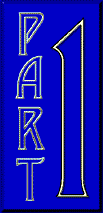
 To learn more about Willy Pogany, visit Part 1 of this biography, or see:
To learn more about Willy Pogany, visit Part 1 of this biography, or see:
| Fantastic Design and Illustration in Britain 1850-1930 | Diana L. Johnson, 1979 Rhode Island School of Design |
| Book Illustrators of the Twentieth Century | Brigid Peppin & Lucy Micklethwait, 1984 Arco |
| The Illustrator in America 1880-1980 | Walt and Roger Reed, 1984 Madison Square Press |
| Imaginative Book Illustration Society Newsletter No. 1 | 1995 IBIS (lists 104 books in a prelimary bibliography) |
| Price Guide & Bibliographic Check List for Children's & Illustrated Books 1880-1960 | F. Lee Baumgarten, 1996 |
| Book & Magazine Collector | Richard Dalby (circa 1990 issue - I have only a photocopy) |
| The Vadeboncoeur Collection of Knowledge | Jim Vadeboncoeur, Jr. 1999 |
| The Vadeboncoeur Collection of ImageS 2,5,9,11,12, B&W 1,3,4 | Jim Vadeboncoeur, Jr. 2001-2003, 2006-2010 JVJ Publishing |
|
Illustrations are copyright by their respective owners. This page written, designed & © 1999 by Jim Vadeboncoeur, Jr. Updated 2001, 2011. |
